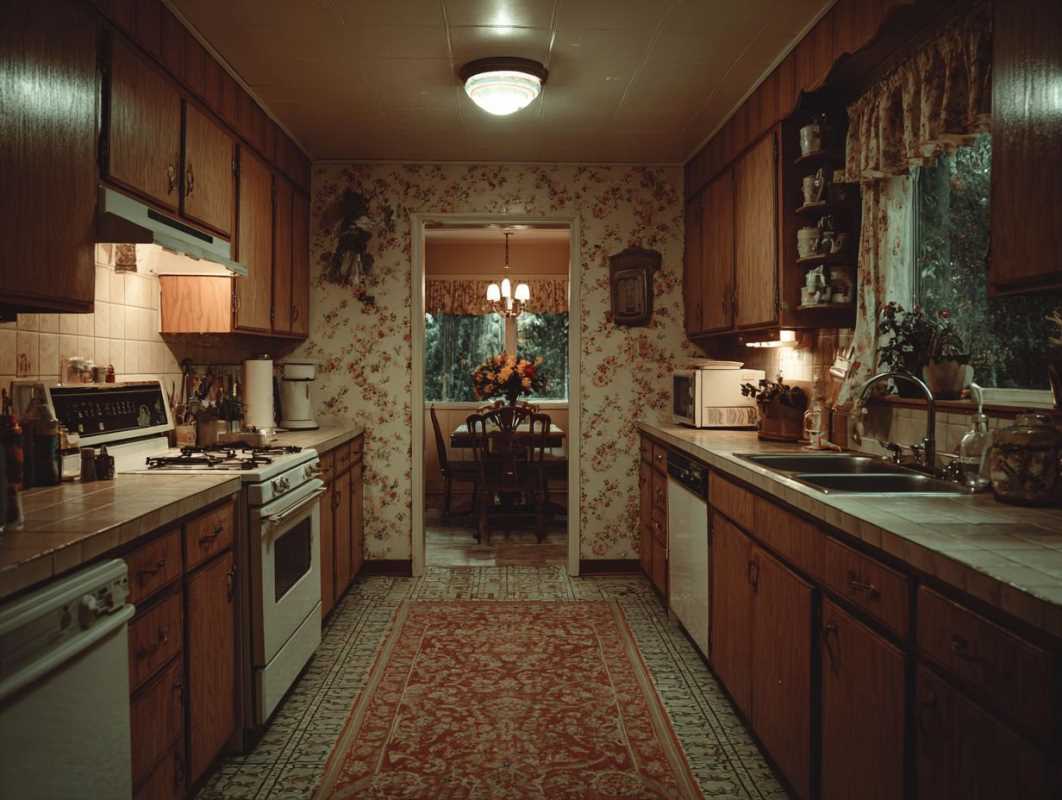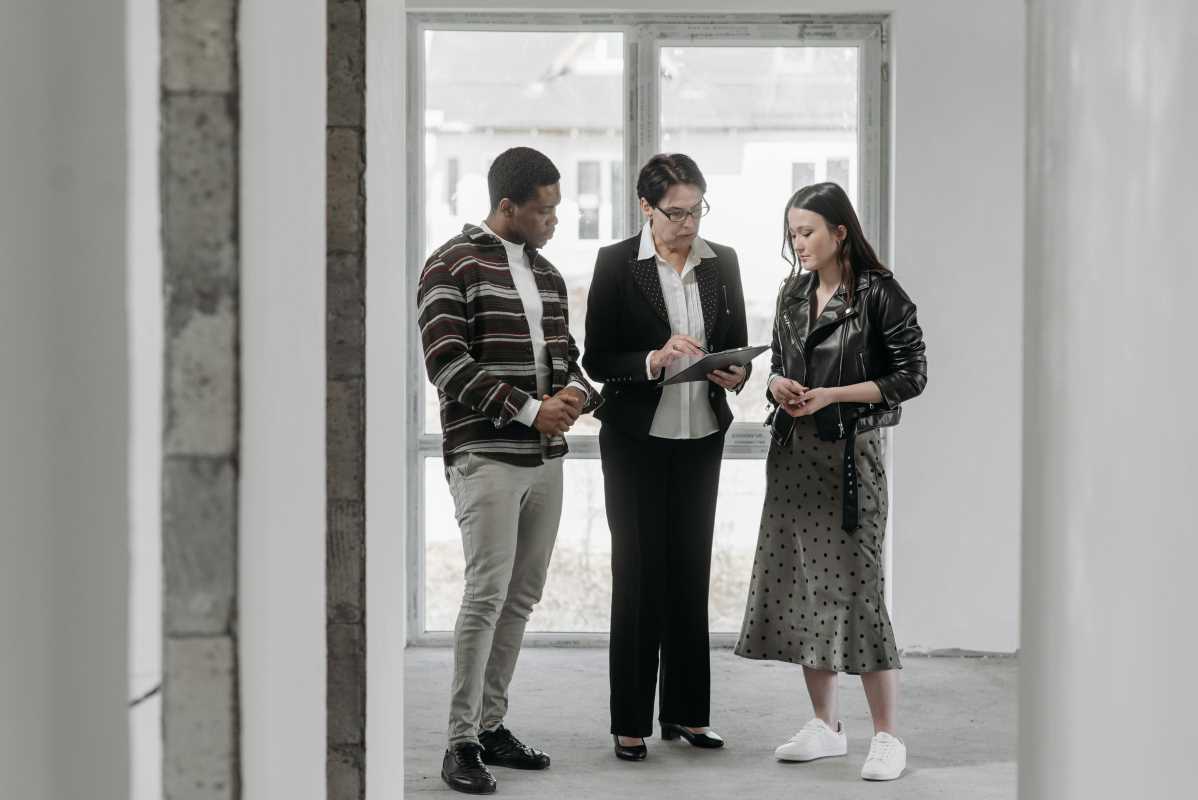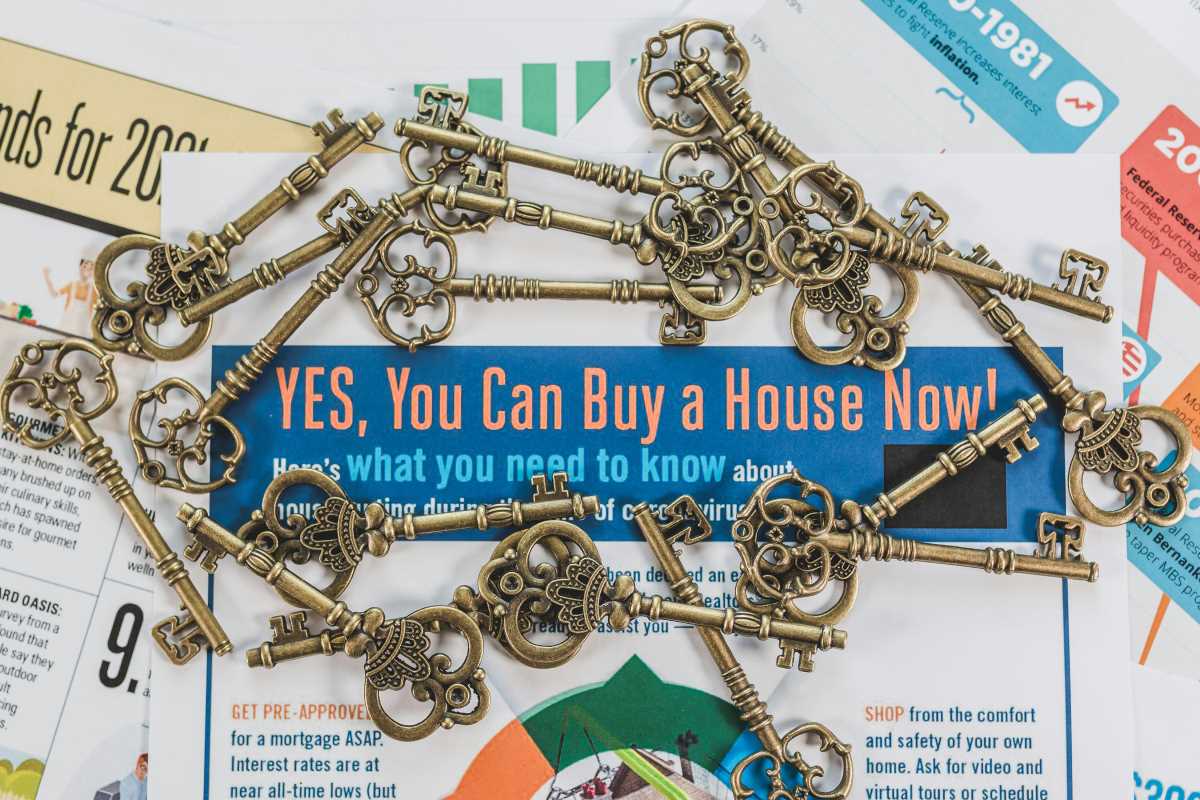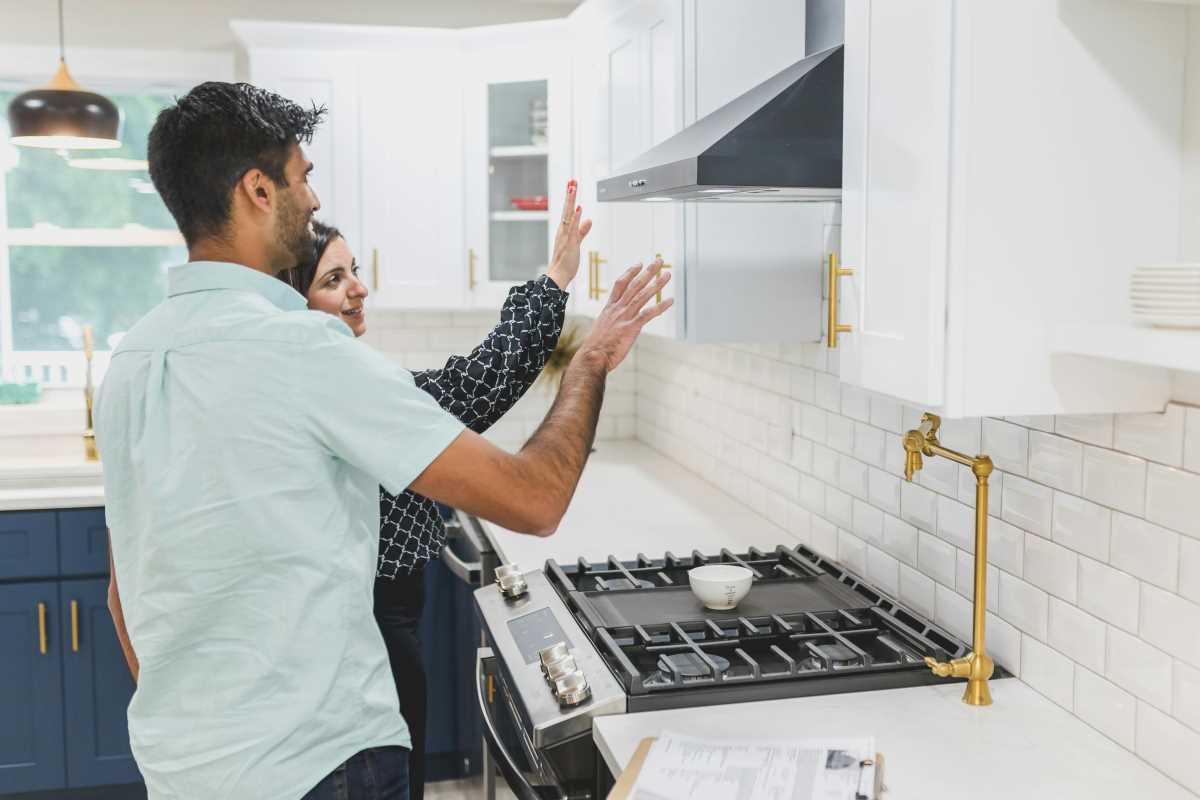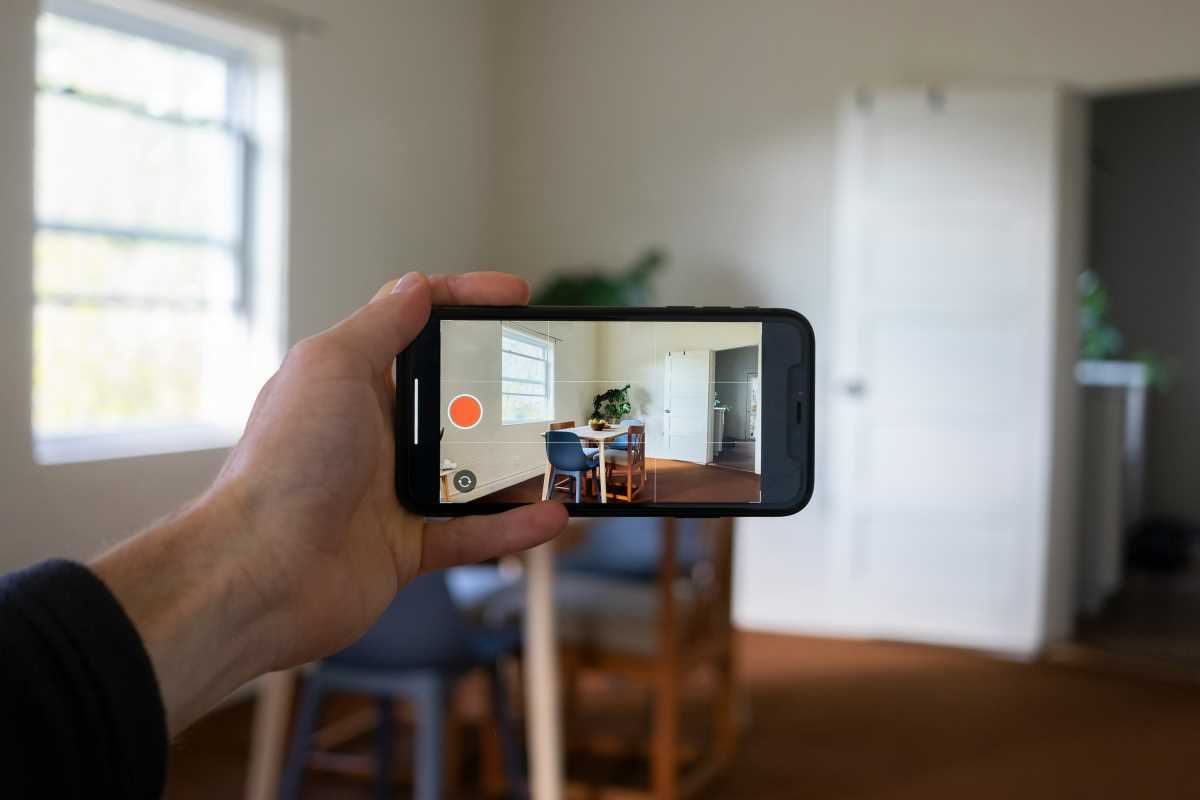I’ve spent most of my adult life with a sledgehammer in one hand and a spreadsheet in the other. As a house flipper, I’ve seen it all. I’ve taken 100-year-old houses down to the studs and brought them back to life, and I’ve walked through brand-new builds where the paint is still drying. People always ask me which is better, and my answer is always the same: it depends entirely on what you’re looking for.
There’s no single right answer. It’s a lot like choosing between a classic car and a new one. One has soul, history, and a certain kind of charm you can’t replicate. The other has all the latest technology, better fuel efficiency, and a warranty. Neither is wrong; they just offer different experiences.
So, let’s you and I walk through the real pros and cons of new builds versus older properties. This isn't about some slick sales pitch. This is the practical, hands-on truth I’ve learned from years of getting my hands dirty. You can use this as your guide to figure out which path makes the most sense for you.
The Case for the Newly Built Home
There's an undeniable appeal to being the first person to live in a house. Everything is fresh, clean, and untouched. You get to make the first memories and the first scuff marks on the floor.
Pro: It’s Move-In Ready (and Low-Maintenance)
When you buy a new construction home, the roof, HVAC, water heater, and appliances are all brand new. That means you likely won't be facing a major repair bill for years. For someone who doesn’t want to spend their weekends fixing things, this is a huge plus. The first few years are usually just about enjoying your home, not worrying about what’s going to break next.
Pro: Modern Features and Energy Efficiency
New homes are built to current codes, which means they are generally much more energy-efficient than older properties. Think better insulation, double- or triple-pane windows, and high-efficiency appliances. This translates directly into lower utility bills every month. Plus, they often come with modern layouts that people love, like open-concept living spaces, large primary suites with walk-in closets, and attached garages.
Pro: You Can Often Customize It
If you get in early enough in the building process, you can often pick your own finishes. You get to choose the flooring, countertops, cabinet colors, and light fixtures. It’s like getting a custom-built home without having to manage the entire process yourself. You can make it yours from day one, without having to live through a renovation.
Con: The "Cookie-Cutter" Feel
The biggest knock against new builds is that they can sometimes lack character. Many new developments feature homes that look very similar, with smaller yards and less mature landscaping. That unique charm and sense of history just isn't there. You’re buying a clean slate, which is great for some, but a bit boring for others.
Con: The Location Might Be a Compromise
New construction often happens on the outskirts of town where land is more available. This can mean a longer commute and less access to established shops, restaurants, and walkable neighborhoods. You might get a great house, but you have to decide if the location works for your lifestyle.
The Case for the Older Property
Now let’s talk about older homes. This is where I’ve spent most of my career. I’m drawn to the history and the challenge. An older home has a story to tell, and it’s a chance to add your own chapter.
Pro: Character and Charm for Days
This is the number one reason people buy older homes. They have details you just don’t find in new construction—original hardwood floors, built-in shelving, intricate trim work, and a sense of craftsmanship from a different era. These homes have a soul. I once worked on a house that had pencil marks on a door frame tracking a child’s height from the 1950s. You can’t put a price on that kind of history.
Pro: Established Neighborhoods and Prime Locations
Older homes are typically found in established neighborhoods with mature trees, larger yards, and a strong sense of community. They’re often closer to downtown areas, putting you within walking distance of parks, schools, and local businesses. For many, the lifestyle that comes with the neighborhood is just as important as the house itself.
Pro: The Investment Potential
From a flipper’s perspective, this is where the opportunity lies. Older homes often need updates, which means you can buy them for a lower price and build "sweat equity" by making improvements yourself. A strategic kitchen or bathroom renovation can significantly increase the home’s value. You get to shape the property to your taste while also making a smart investment.
Con: The Never-Ending Maintenance
Let’s be honest: old houses need work. Things break. The plumbing can be quirky, the electrical systems might be outdated, and the foundation may have settled over the years. You have to be prepared for surprise repairs and ongoing maintenance. If the thought of a leaky pipe or a drafty window sends you into a panic, an older home might not be for you.
Con: Less Energy Efficient
Even with updates, older homes are rarely as energy-efficient as new builds. Original single-pane windows, less insulation, and older HVAC systems can lead to higher utility bills. You can make improvements, but it can be costly to get an old house up to modern efficiency standards.
So, How Do You Choose?
There’s no right or wrong here, only what’s right for you. Don’t let anyone tell you one is definitively better than the other.
Think about your own life and personality:
- Are you someone who wants to move in and not worry about a thing? A new build might be your speed.
- Do you love a good project and want to put your own stamp on a place with history? An older home could be your canvas.
- Is a short commute and a walkable neighborhood your top priority? You’ll likely be looking at older properties.
- Is having the latest smart home tech and low utility bills more important? A new build will probably deliver that.
 (Image via
(Image via
